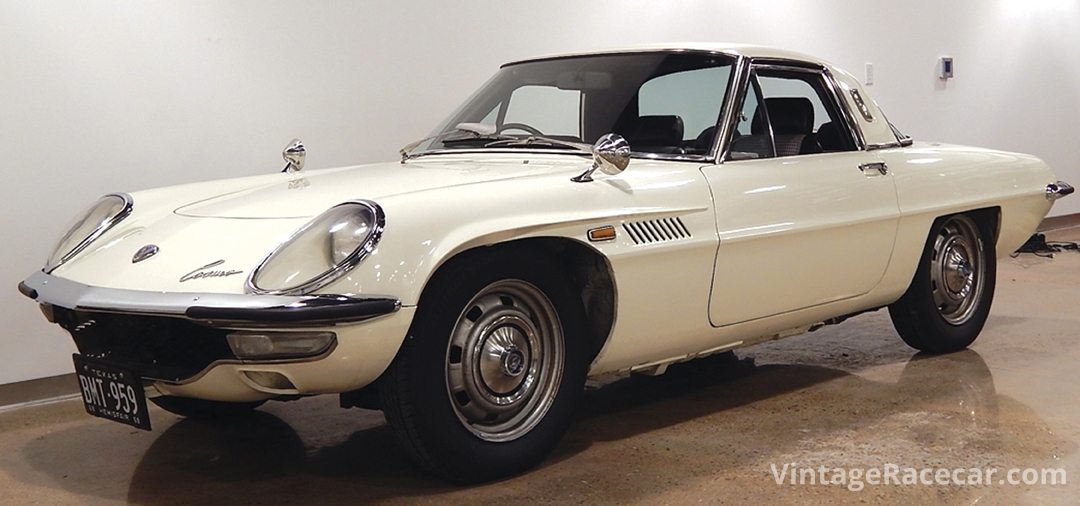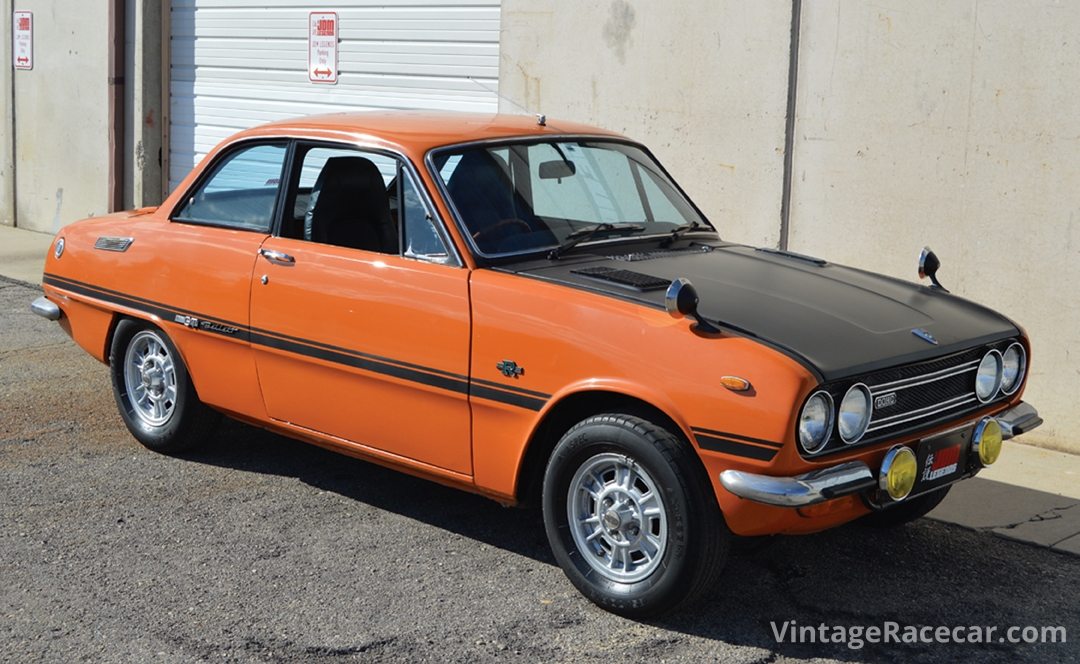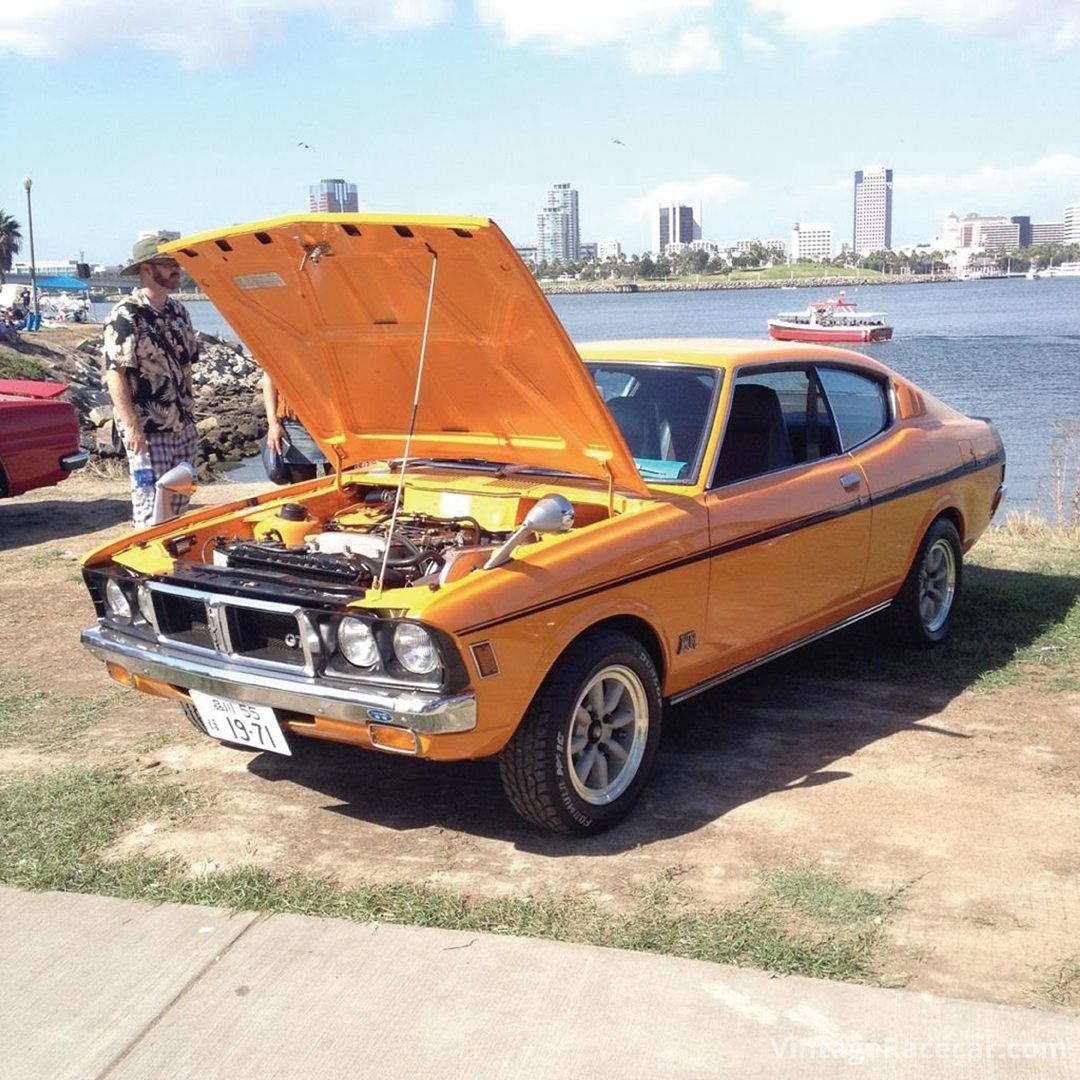It appears that the collector car hobby has gone mad. I witnessed this with my very own eyes in Monterey this August, and the lunacy involves cars from nearly all parts of the globe. A Sunbeam Tiger Mk II sold for $231,000 and a Mercedes-Benz 190SL Roadster sold for $341,000. To my knowledge, the prices paid for these two were unprecedented and likely driven by the meteoric rise in the value of their automotive kinfolk, the Shelby Cobra and the Mercedes 300SL, respectively.
I can’t help wondering who bought the Benz and what they were thinking as they raised their paddle. Certainly a 190SL is lovely to behold, but it is in no way rare with 25,881 total units built, and its performance is anything but remarkable. It would seem that with Ferrari prices out of reach of most and with virtually everything else Italian hurling skyward in price, collectors are scrambling to buy whatever they can now, before prices double once again.
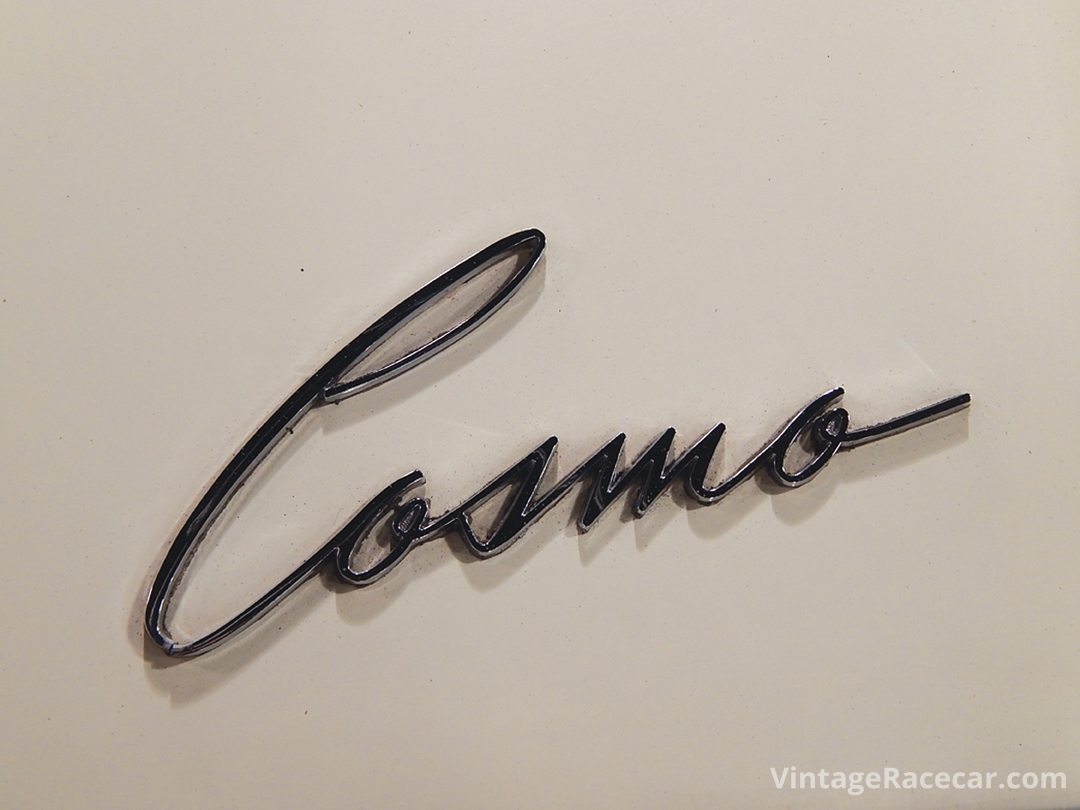
At this point I’m going to ask you to put aside what has been the conventional wisdom of the car collector hobby and propose that an excellent way to escape the insanity of the current boom market is simply to rotate your automotive body and mind and look East. I’m talking about considering cars built for the Japanese Domestic Market (JDM) and, more specifically, production automobiles built in relatively small numbers, with either exotic coachwork, mechanicals or both. Initially, this may seem sacrilegious to your own personal accumulating doctrine, but many of these cars actually check every collector car box. The most interesting models were built in limited numbers, are exotic in design and construction, offer exclusivity of ownership and are rewarding to drive. Best yet, there are still some astonishing JDM automobiles that remain virtually unknown outside of Japan and that can be purchased for less than the price of a new Lexus. And, with the recent and rapid rise in the price of the most well-known JDM cars, we may be seeing early signs that the entire sector is on the verge of moving up, making Japanese cars a potentially shrewd investment.
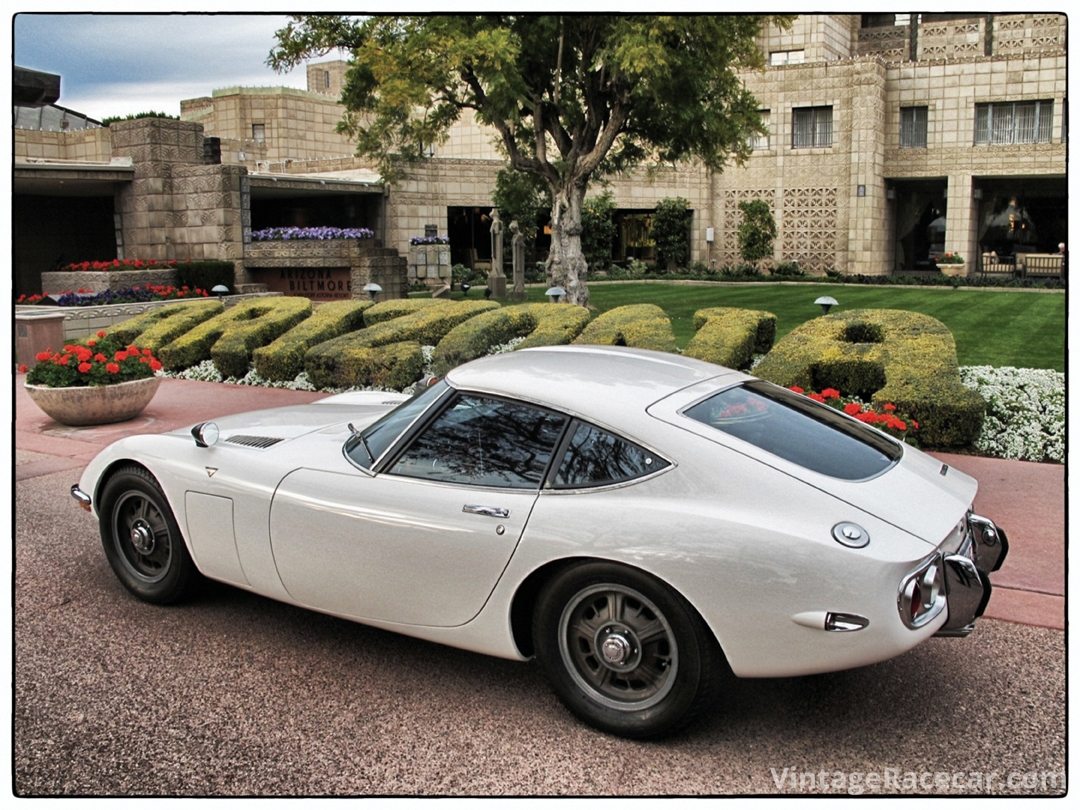
collectible was the Toyota 2000GT.
By their very definition, JDM cars were never exported to the United States and Europe, and have therefore been generally unknown to Westerners. These cars have also been difficult to source from Japan because of differences in language, culture and business practices. In addition, these automobiles have rarely been displayed at major concours, have scarcely been sold at public auction and have not been marketed to The West by mainstream dealers and brokers. These factors have resulted in sustained depressed valuations for the majority of JDM cars and have held these machines at the fringe of the hobby. This does not mean there have not been JDM devotees living among us. It simply means that the megaphone of these devotees has been muted by the ambient white noise of the hobby. In fact, until recently, the only Japanese car garnering word or ink has been the seven-figure Toyota 2000GT. To many, this has been the only Japanese exotic worth discussing. That is now a truth of the past.
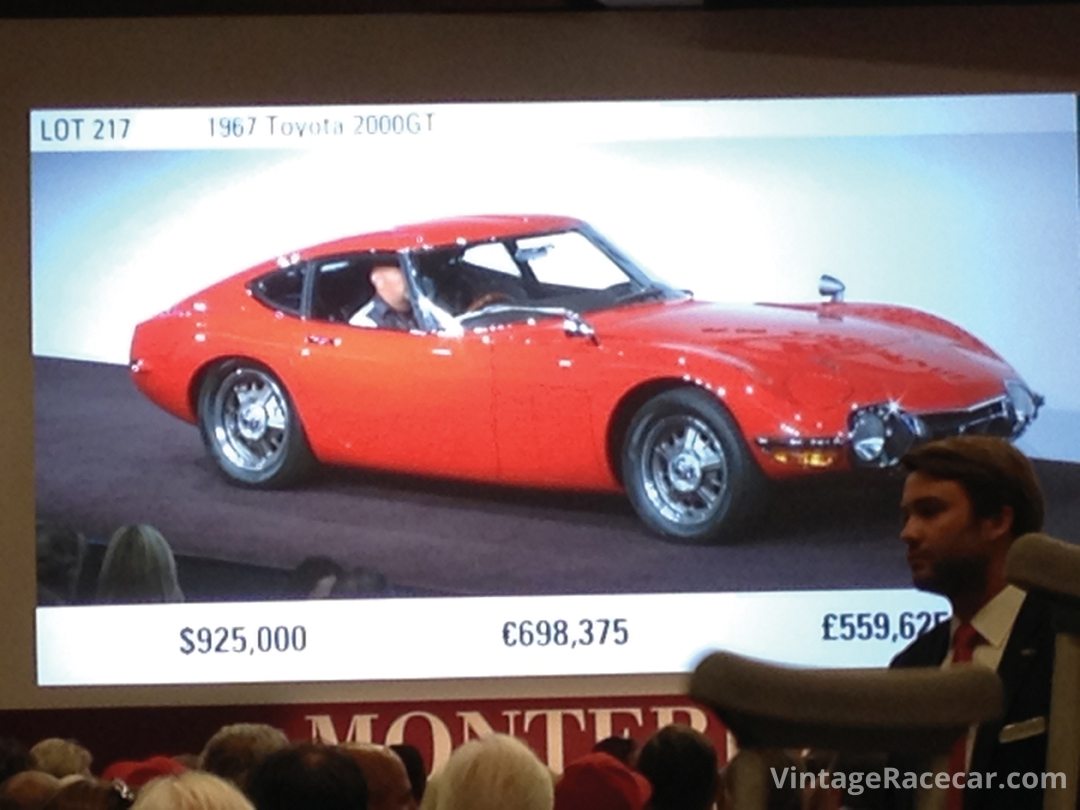
collectible was the Toyota 2000GT.
A new sun is rising on the collector car world, and although many JDM cars remain absolute bargains, others have recently crossed over into the serious six-figure category. During the 2014 Monterey weekend, RM Auctions sold a 1972 Nissan Skyline H/T 2000GT-R “Hakosuka” for a world record price of $242,000, and Gooding & Company sold a 1967 (Series I) Mazda Cosmo Sport for a world record price of $264,000. The rise in values of these two models may elevate the entire JDM market segment, as the collector car world suddenly seems to be taking notice of just how special JDM cars are.
Don Rose of RM Auctions has been collecting JDM cars for a number of years and currently owns a 1971 Mazda Cosmo Sport, a 1967 Toyota 2000GT and a 1970 Nissan Fairlady Z-432. Rose said, “Many of the cars of the Japanese Domestic Market are important, but to date, remain a mostly unknown footnote to the explosive growth of the monolithic Japanese motor industry. Their appeal to mainstream collectors is in its very beginning stages, while younger enthusiasts who know the cars from ‘Grand Theft Auto’ or as kings of the drifting culture are just coming into their own where some can afford entrance into the hobby; a perfect storm to fuel demand into the future. It’s been a fun ride for a British car aficionado like me to discover something new and different, each car with the all-important ‘fun-to-drive’ factor.”
Myron Vernis has been collecting cars for over 30 years and while best known as a Porschephile, his collection is anything but one- dimensional. Vernis said, “Over the years, I’ve had the pleasure of owning and driving many fun and interesting cars from around the world. Up until seven years ago I had no interest in Japanese cars, partly due to the fact of the era I grew up in and partly due to ignorance. It turns out that, like the French and their wine, the Japanese kept all of their great cars for themselves. Now, it’s almost like I’m a kid discovering cars all over again. The unique character of each of these cars provides great insight into the ingenuity of the time, in addition to a fun and engaging driving experience. Additionally, unlike many collector cars in the current inflated market, many JDM cars are still a huge bargain and they start every time you turn the key!” Vernis’ current JDM stable includes a Toyota Sports 800, an Isuzu 117 Coupé, a Series II Mazda Cosmo Sport, a Honda 1300 Coupe 9, an Isuzu Bellett GT-R, a Mazda Luce R130 Coupe and a Nissan Silvia CSP311.
Erik Bizek, of Utah-based JDM Legends, has been a Japanese automotive admirer since his boyhood years. Bizek recently said, “The U.S. has always received the heavier, uglier, slower and safer versions of the great performance cars of Japan. The current Japanese car movement in the USA was energized by the The Fast and The Furious movies, with those cars tending to have neon bling with stickers and aftermarket gullwing or scissor doors. In Japan, the culture has been more about authentic preparation with more subtle use of performance-enhancing components, and this is the kind of cars the customers of JDM Legends tend to want to add to their collections.”
Toyota 2000GT
The Toyota 2000GT may well have singularly transformed the world’s view of the automotive industry in Japan and established that Japanese industrialists could design and produce a car to rival those from Europe. At the time of its introduction, the 2000GT’s image as an automotive legend was cemented when it appeared (in convertible form which was never available as a production model) in the 1967 James Bond flick You Only Live Twice. In that same year, Road & Track proclaimed the 2000GT to be “one of the most exciting cars we’ve ever driven.” As the car now approaches its 50th anniversary, this sentiment remains ever-true, as the 2000GT’s brilliant glow has never faded or even flickered.
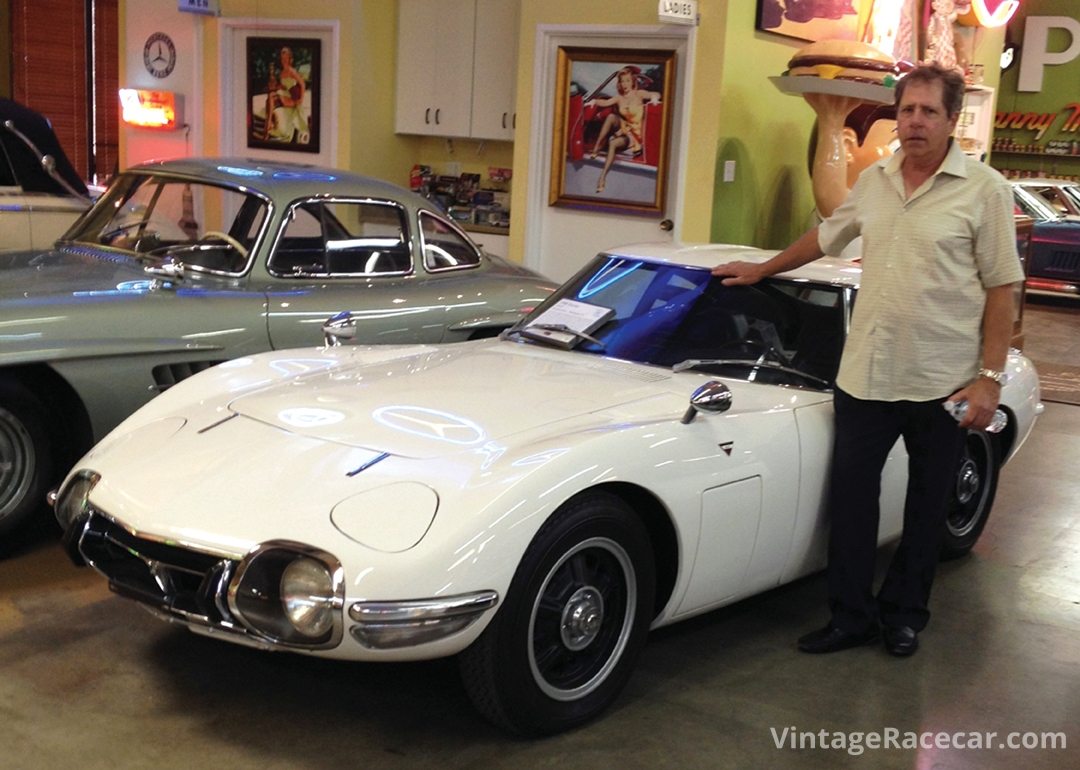
The 2000GT has always been held as an important automobile and has forever been relatively expensive. However, the million- dollar 2000GT is a recent phenomenon, which has been driven by exclusivity, performance and the general upward momentum of the sports car market. During the 2014 Monterey weekend, two Toyota 2000GTs sold for seven-figure money. RM Auctions sold a 1967 Toyota 2000GT for $1,045,000 and Gooding & Company sold a 1967 Toyota 2000GT for $1,155,000. These are spectacular cars, but are now out of reach for most collectors.
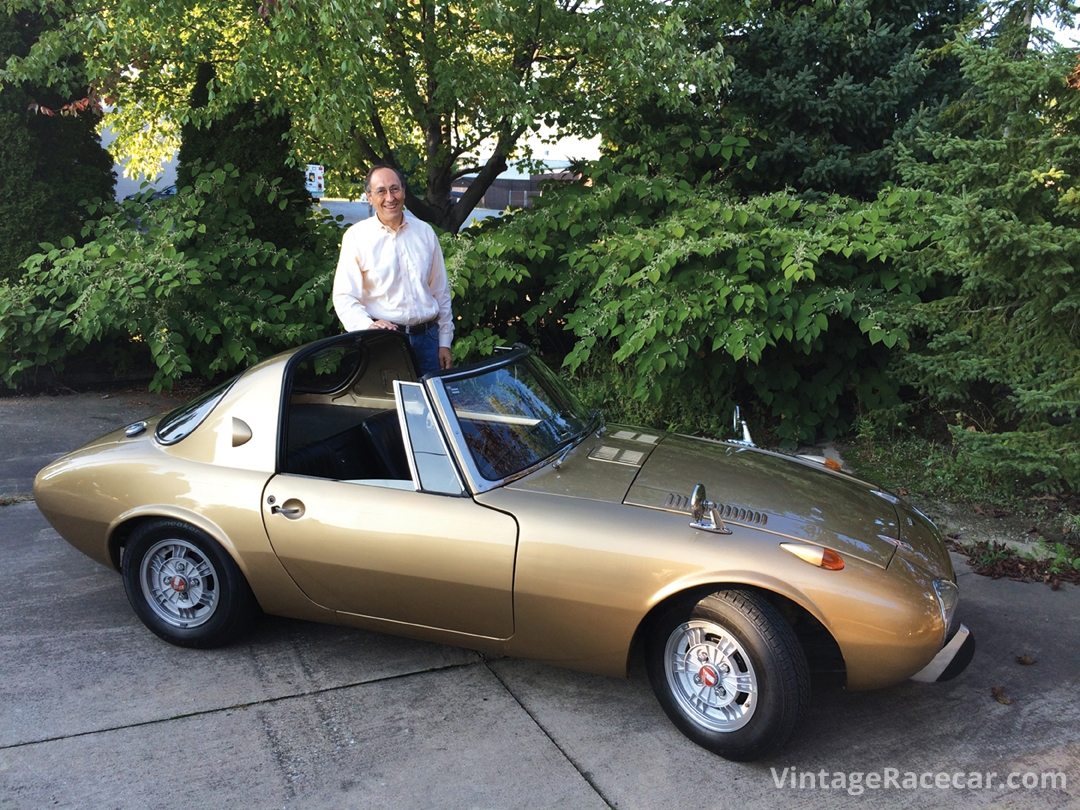
Japanese magazine photo shoot. The wheels are 12-inch Enkei competitio
The 2000GT was produced from 1967 to 1970, with 351 cars built in both left- and right-hand-drive configurations. To be perfectly accurate, the 2000GT was not strictly a JDM product as it’s believed that 60 cars were delivered to North America. The design was the result of collaboration between Yamaha and Toyota with the world debut occurring in 1965 at the Tokyo Motor Show. The car was designed as a conventional two-seat hardtop coupe with a front-mounted engine driving rear wheels through a 5-speed gearbox. It was therefore not groundbreaking architecture but unparalleled execution that was responsible for the car’s impact. Automotive Designer Raffi Minasian recently had this to say about the 2000GT: “The brilliant design of the Toyota 2000GT cannot be overstated. Prior sports cars of the time were either large and wide or small and narrow. The 2000GT lines traced a tight package, fluidly articulated but aggressively shaped, hiding an engine that meant business. The result was a small, low car but with the appearance of elegance and power. The long hood splaying out at the fender lines accelerates the eye toward the rise in the rear forming the short and rising hatch within a tapered roofline. Throughout the form, unique details appear as small delights without detracting from the pure shape.”
The 2000GT engine evolved from the 2.0-liter, inline, 6-cylinder that was powering the Toyota Crown sedan. Yamaha reengineered this engine into a DOHC configuration and with triple Solex carburetors was capable of producing 150-hp and a top speed of 135 mph with a 4.375 final drive ratio. Three models of the 2000GT were available. The MF-10 and MF-10L were powered by the 2.0-liter twin-cam, and were right- and left-hand drive, respectively. Total production of the MF-10 was 233 cars, and 109 MF-10L cars were built. The MF-12 was powered by a 2.3-liter SOHC engine and just nine examples were built in this configuration. The Toyota 2000GT was much more than a tuned sports car for the street. A 2000GT finished 3rd at the 1966 Japanese Grand Prix and won the 1967 Fuji 24-Hour endurance event. Carroll Shelby also fielded a two-car 2000GT SCCA team in 1968.
Don Rose on his 2000GT: “With its Yamaha-developed twin-cam engine, lightweight aluminum body, 4-wheel disc brakes, 5-speed gearbox and jewel-like build quality, it is refined and delightful. The engine pulls strong and linear from anyplace along its rev curve and it’s beyond a joy to drive. With timeless lines, mistakenly attributed to Count Albrecht Goertz of BMW 507 fame, the car is often suggested as the Japanese E-Type. That comparison is lost on me as the 2000GT truly exists in a planetary system all its own.”
Mazda Cosmo Sport
The Mazda Cosmo Sport is one of those cars that you look at in wonderment trying to reconcile how it ever came to be. For reasons that I can’t completely explain, the car has suddenly caught the attention of the hobby and 2014 seems to be the Cosmo’s breakthrough year. The March/April 2014 issue of Road & Track included the Mazda Cosmo in its listing of “The 51 Coolest Cars of the Last 50 Years.” In the April 2014 issue of Hemmings Sports & Exotics, author Jeff Koch compared the Mazda Cosmo Sport to the Toyota 2000GT and worked extremely hard to efface his obvious preference for the Cosmo Sport.

I should say at this point that I am the lucky owner of a 1968 Mazda Cosmo L10B (s/n 10007) and am in no way impartial. I can, however, honestly and emphatically proclaim that this car is an absolute blast to drive. Powered by the very first production twin-rotor engine, the 982-cc Mazda spinner produces an astounding 128 horsepower, in its most developed form at 7,000 rpm. Excluding prototypes and pre-production vehicles, the Cosmo Sport was available in Japan from 1967 to 1972.
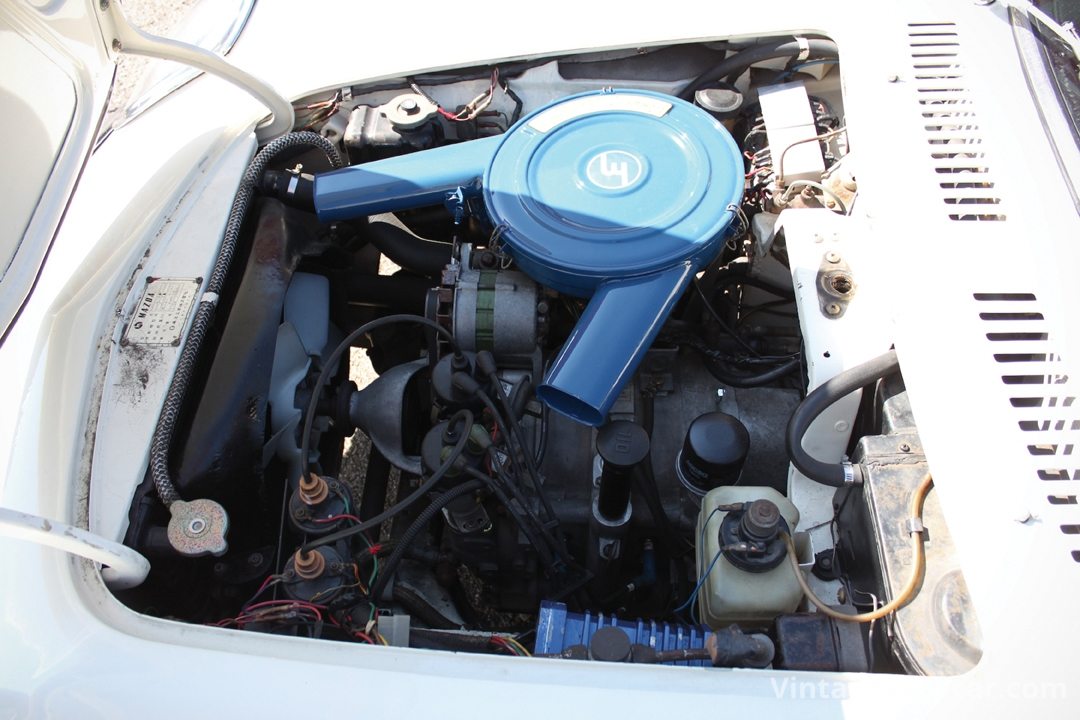
The Series I cars are known as the L10A Cosmos and 343 of these models were produced in 1967 and 1968. The Series I Cosmo was powered by the 0810 engine, which produced 110 horsepower. These cars ran on 14-inch wheels with manual 4-speed gearboxes.
The Series II cars are known as L10B Cosmos, and 1,176 of these were manufactured from 1968 to 1972. The Series II Cosmo was powered by the invigorated 0813 engine, which produced 128 horsepower. The Series II cars had 15-inch wheels and a 5-speed gearbox. Other improvements included a larger grille and a longer wheelbase (5.9 additional inches), the latter of which improved both the car’s aesthetics and leg room.
With a curb weight of just 2,116 pounds, a Series II Cosmo rockets from 0 to 60 mph in just 8.6 seconds and has a top speed of 124 mph. From the cockpit, the sensation is that the Cosmo Sport moves along briskly, particularly with enthusiastic use of the rev counter. The short-throw shifter is precise, the steering is light and responsive, and the brakes get the job done like a modern machine. Donald Osborne’s recent prophecy that the Cosmo “is a very important car and one that will be discovered by a larger audience sooner rather than later,” seems to have been spot-on and foreshadowed the Monterey sale of a Series I example at $264,000. And from the recent flurry of phone calls and emails I’ve been receiving, it appears that a Cosmo Sport is on many people’s “want list”—and I’m not talking about collectors with a strict emphasis on Japanese cars. The Cosmo Sport is a hand-built automobile with stunning looks, exotic mechanicals and enough room for a western-sized driver (I’m 6’2”). It’s a useable machine and as fun to toss about as anything in my collection. Unfortunately, these cars have suddenly become very expensive, and are now being considered highly desirable with a price tag to match.
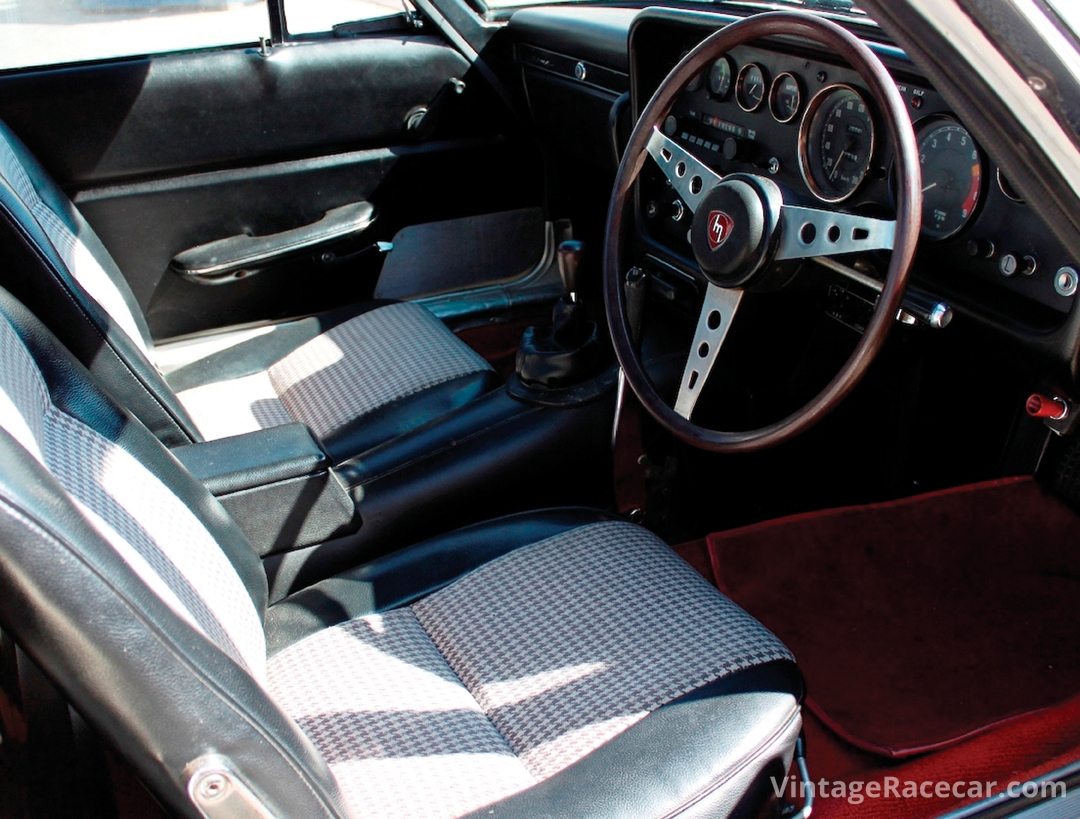
Calgary-based collector Fred Phillips has one of the finest collections of low-production historic sports and racing cars in the world. His collection includes a Siata 208S, a Fiat 8V Ghia Supersonic, an Abarth Simca 2000 and over 100 other world-class vehicles. In 2013, Phillips added a Series II Mazda Cosmo Sport to his collection, saying, “The Cosmo is truly an amazing vehicle and the collector car market simply fell asleep on this one until recently. From the amazing styling, to the first production car with a twin-rotor engine, this car is simply phenomenal. And, unlike so many exotic collector cars, the Cosmo is a practical driver. Hell, I put over 2,000 miles on my car last summer.”
Don Rose made a ’71 Mazda Cosmo Sport his first JDM acquisition. Rose said, “I bought the Cosmo Sport simply because I wanted something different. I had absolutely no idea of value and I just paid the asking price of the importer. I love the way the engine whines at high revs assisted by the lovely 5-speed gearbox, which is important as there is zero torque in the low rev range. Once you get it going in the twisties, and keep it highly spun, it’s a dream. It’s very space age; styled like the ‘Jetsons’ Thunderbird, and that was a very appealing package for me.”
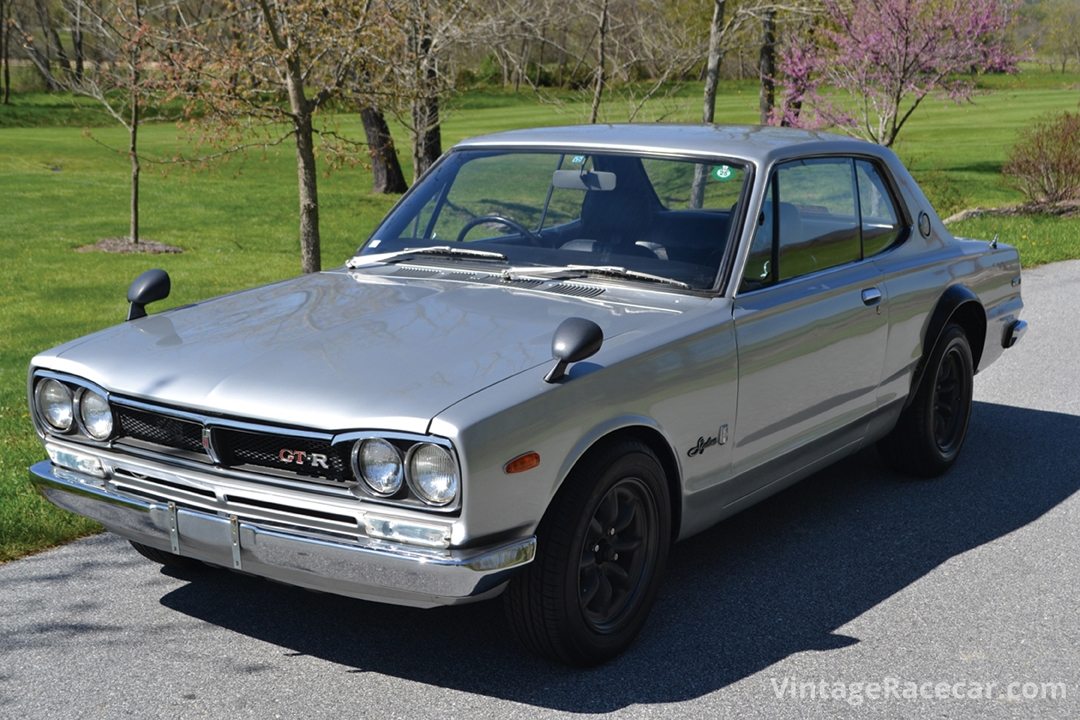
Nissan Skyline H/T 2000GT-R “Hakosuka”
Nissan introduced the two-door Skyline H/T 2000GT-R “Hakosuka” (internal factory code KPGC10) in 1970, and this pavement-scorcher totally dominated Grand Prix racing in Japan. Driving the success of the “Hakosuka” was a race-bred, 6-cylinder, in-line DOHC “S20” 2.0-liter engine with hemispherical combustion chambers and cross-flow head. In this unique case the car and engine, capable of producing 160-hp, at 7,000 revs, have come to enjoy an equally legendary status in Japan. With all that performance and only 1,115 examples built between 1970 and 1972, the recent world record price paid at Monterey ($242,000) likely foreshadows the future Skyline GT-R marketplace and casts a positive halo on the lesser-known JDM performance vehicles.
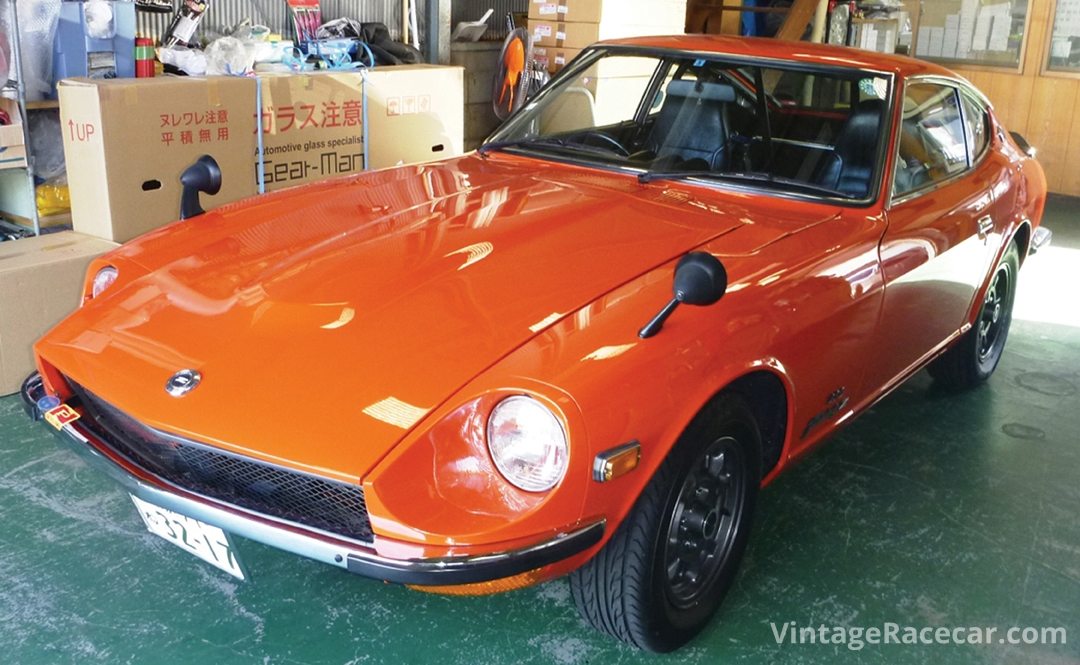
Market between 1970 and 1973, the Nissan Fairlady Z-432 is a rare sight in the USA. The author searched for a Z-432 for nearly two years before acquiring this example out of Japan earlier this year
Nissan Fairlady Z-432
While the “S20” engine is most often associated with the Skyline GT-R, there was another automotive icon that carried the very same power plant. That car was the Nissan Fairlady Z-432, a JDM-only variant of the Nissan Fairlady Z, which was sold as the 240Z (internal factory code HLS30) in the United States for model years 1970 to 1973. The 240Z was a thoroughly striking design with great looks and nimble handling. The impact of the earliest 240Z cannot be overstated, as it quickly became the world’s best-selling sports car. Whereas the 240Z was sold as a street machine, the Z-432 was specifically built to be homologated for racing. Unlike the 240Z, which was equipped with a very capable SOHC, inline-6 engine (2.0-liter “L20” and 2.4-liter “L24” engines in Japan; U.S.-spec engines were all 2.4-liter “L24”), the Z-432 was powered by the exotic, race-bred “S20” inline-6, DOHC power plant. It therefore had the eye-catching looks of the earliest Z-car and the exact same punch of the dominating Skyline GT-R. Of course, this kind of wonderful didn’t come cheap, and essentially doubled the price of the Z. Whereas the Fairlady Z cost 930,000 Japanese Yen, the Fairlady Z-432 went for 1,850,000 Japanese Yen, which was hugely expensive at the time. The Z-432 remains a sleeping giant outside of Japan, as these cars tend to change hands quietly, and few if any have been sold publicly in the USA or Europe. Buying opportunities may still exist, but with the rapid rise in Skyline GT-R values, it will not take much for the Z-432 to transition into the uber-pricey realm.
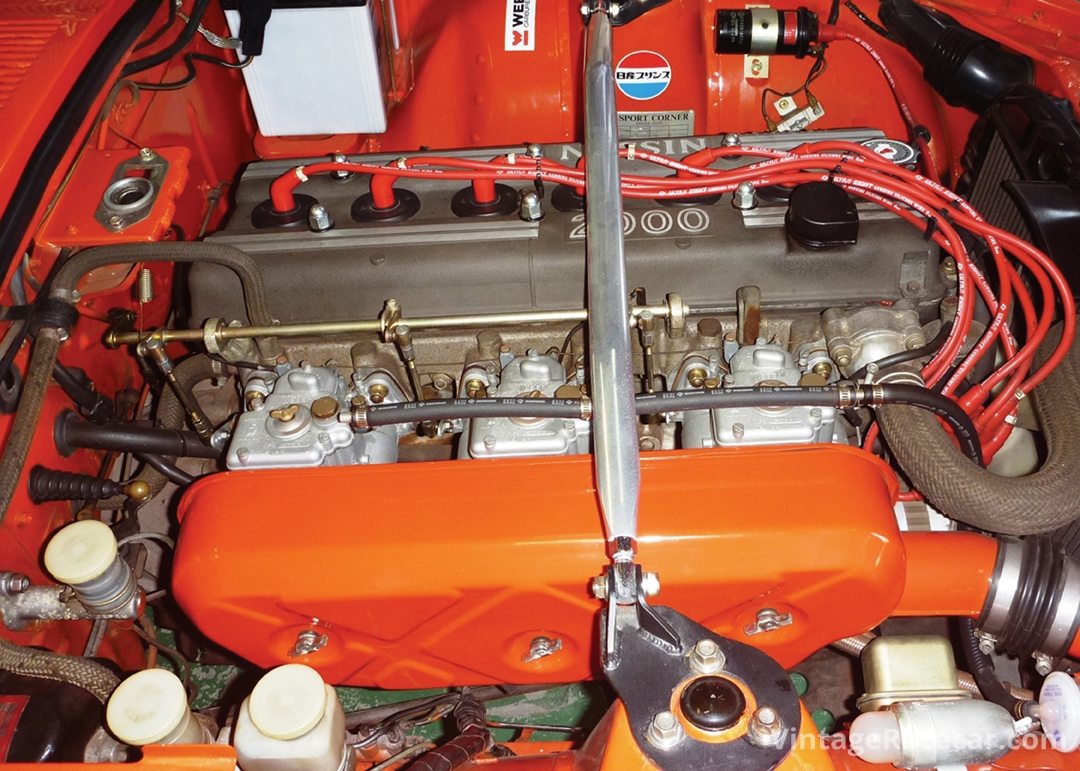
engine put the zing in the Skyline 2000GT-R.
The model designation of “432” refers to four valves per cylinder, three carburetors and two camshafts. The internal factory code for the vehicle was PS30. Total production of the Z-432 between model years 1970 through 1973 is believed to be 420 units, making it much more rare than the Skyline GT-R coupe. An even rarer variant, the Z-432R (internal factory code PS30SB), was a weight-sparing version of the Z-432 with a stripped-out interior, lightened doors and bonnet, plexiglass windows, a 100-liter fuel tank for endurance racing and additional engine enhancements.
At the racetrack, the Z-432 benefited from outstanding cornering capabilities and a powerful high-revving twin-cam engine. It was a perfect endurance package and proved to be extremely competitive. Racers Moto Kitano and Masahiro Hasemi drove their Z-432 to an impressive victory at the 1970 Race de Nippon 6 Hours (April 12, 1970). The next important Z-432 victory came at the Suzuka 1000 Kilometres on May 24, 1970, with Hiromi Nishino behind the wheel. Nishino scored another victory in a Z-432 at the 500 Kilometres Suzuka on April 4, 1971.
Don Rose acquired his Z-432 in 2014 after learning of the car’s splendor from a friend who collects early Skyline GT-Rs. Rose said, “I drove one of my friend’s GT-R ‘Hakosukas’ and found it to be glorious. It’s like a scalded cat, which allows the driver to throw it into any corner without hesitation. But it was my friend’s Z-432 that gob-smacked me. With over 160,000 240Zs produced, I appreciated these cars as fine and durable classic automobiles, but discovering that Nissan manufactured just 420 examples with the GT-R driveline instantly snapped me to attention.”
Japanese automobile manufacturer Isuzu built a series of cars under the name Bellett between 1963 and 1973. The line included the Bellett Sedan, Bellett Express, Bellett B and the Bellett GT. More than 169,000 of these people-movers were built with small- displacement engines of OHV, diesel and SOHC varieties.
In 1969, Isuzu introduced the Bellett GT-R (factory code PR91), a homologated racing coupe version of the series powered by a front-mounted, 1.6-liter, 4-cylinder, DOHC competition engine. Peak power output was 118 ponies at 6,400 rpm, and was enough to propel the GT-R to a top speed of 118 mph. Isuzu homologated just 1,400 examples of this vehicle, which scored many class wins at the racetrack, and the car has therefore developed a strong and deserved following in Japan.
At present, the Bellett GT-R has not yet crossed into the mainstream part of our hobby, so buying opportunities definitely still exist. However, since the GT-R’s notchback coupe panels are essentially the same (other than special paint schemes) as the Bellett 1600 GT, it is not difficult to clone the GT into a GT-R. Therefore, provenance and documentation when shopping for a Bellett GT-R are essential. It’s important to recognize that there’s no way to distinguish a Bellett 1600 GT from an authentic Bellett GT-R using the VIN. To make that distinction, one must know the “Number for Designation of Type” and “Classification Number” of a car being studied. The “Shaken Papers” (Japanese Motor Vehicle Inspection Certificate) are always available in Japan, and will document a true GT-R to have a Number for Designation of Type (Katashiki Shitei Bangou) of 02116; and a Classification Number (Ruibetsu Kubun Bangou) of 004.
In 2006, the readers of Nostalgic Hero, a popular Japanese collector car magazine, ranked the Bellett GT-R 10th on their list of the 50 ultimate Japanese cars of all-time. This did not surprise Myron Vernis who said, “I recently heard the Isuzu Bellett GT-R referred to as the Japanese Lotus Cortina. If you look at the car from the perspective that it’s a limited-edition model, homologated specifically for competition with a special twin-cam racing engine and other performance goodies, the comparison starts to make sense. However, the two cars differ greatly in personality. Whereas the ‘LoCort’ is a no-frills, get down to business machine without much panache, the Bellett GT-R was delivered in bright colors with a blacked-out hood and stripes, and zany trim. And, like other cutting-edge, first generation, low-production Japanese performance cars, the Bellett GT-R provides a driving experience that is fun and exhilarating. Although it will never be the most valuable JDM vehicle in my garage, it may well be my favorite.”
Other JDM Gems Yet to be Discovered
A sizeable number of interesting JDM cars remain largely unknown and represent true value for the dollar. These cars are current collectibles in Japan and therefore likely future collectibles for the rest of the world.
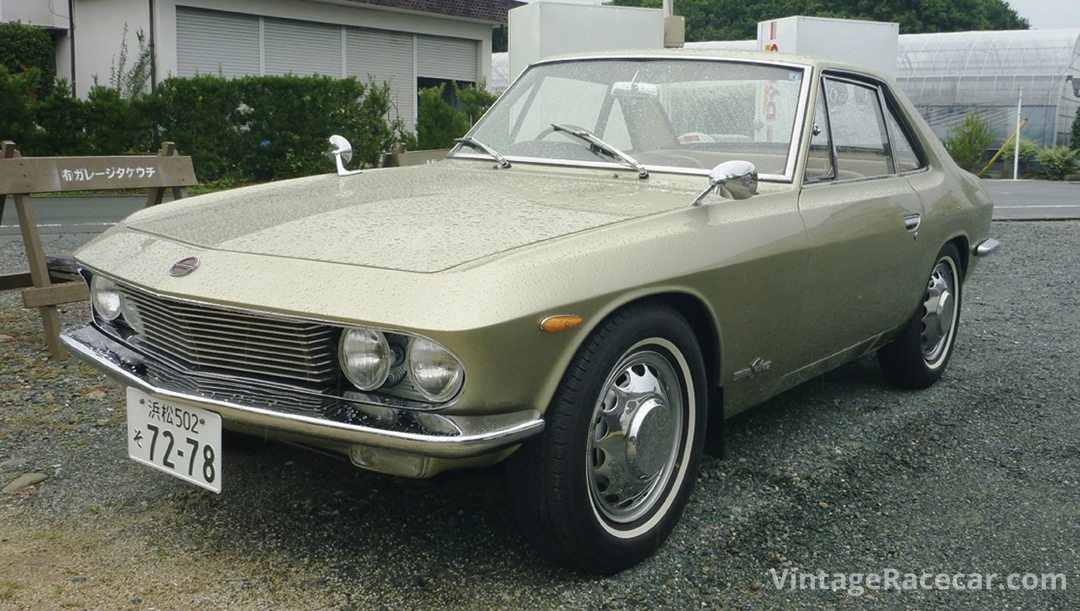
The Nissan Silvia CSP311 was a beautiful coupe designed by Albrecht Goertz, who penned the fabled BMW 507. The CSP311 was built entirely by hand with a total production run of just 554 examples and is a car of worship in Japan. The Toyota Sports 800 was the company’s first production sports car, and many believe that if not for this car, the 2000GT would never have been built. The Contessa 1300 built by Hino Motors, Ltd. was a stylish two-door coupe with a rear-mounted engine designed by automotive legend Giovanni Michelotti. The car proved to be much more than another eye-appealing Italian design as it was a terror in its class at the racetrack. Pete Brock and Bob Dunham finished 1st and 2nd racing a pair of JDM-only BRE- prepared Hino Contessa 1300s at the 1966 Mission Bell event at Riverside, shocking 100,000 spectators and virtually everyone else on our side of the globe.
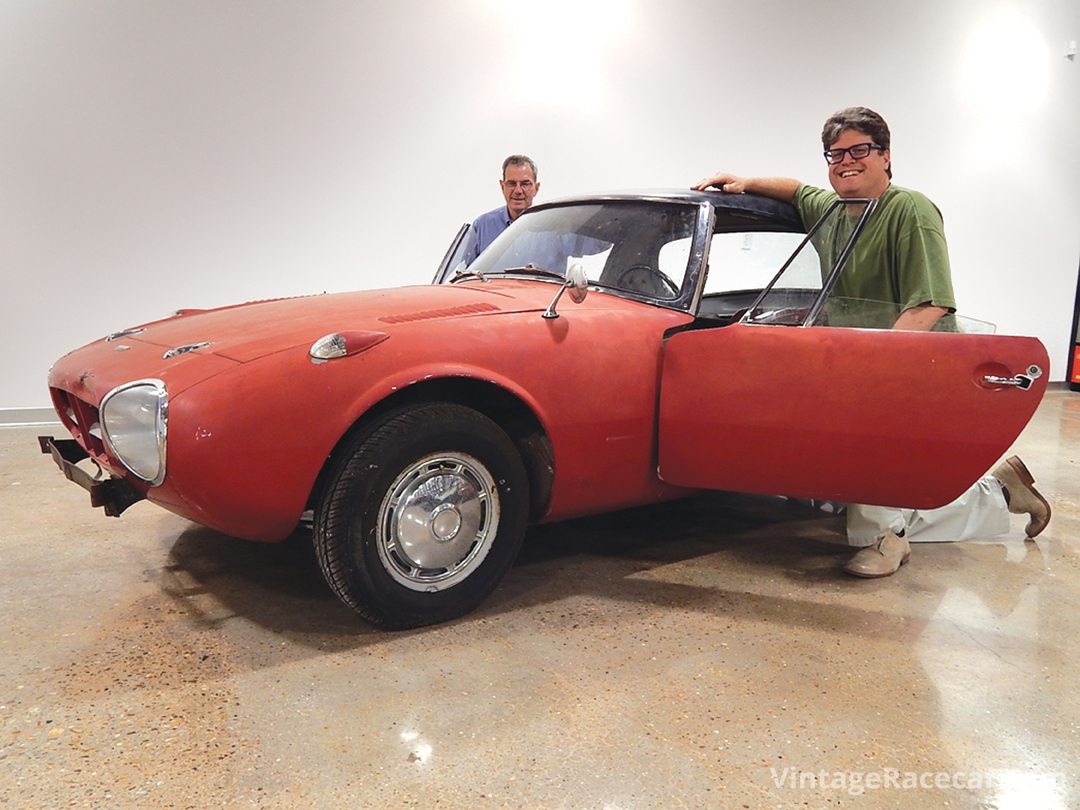
Other cars worthy of adoration include the Isuzu 117 Coupé, the Mazda Luce R130 Coupe, the Honda 1300 Coupe 9 and the Mitsubishi Galant GTO MR. And, of course, many more JDM gems could be added to this list.
The Isuzu 117 Coupé was inked by Italian design superhero Giorgetto Giugiaro as a work for Carrozzeria Ghia. The earliest examples sported a DOHC engine, and these and the SOHC examples are quite popular among JDM followers. The Luce R130 Coupe was Mazda’s one and only rotary-powered car delivered in front-wheel-drive configuration. Giugiaro performed the styling of this one for Bertone, and with just 976 cars produced, these vehicles have nowhere to go but up in value. The Honda 1300 Coupe 9 was the last model that Soichiro Honda oversaw design and development of, and many consider it an engineering triumph with front-wheel drive, a transversely mounted, dry sump, air-cooled, OHC engine, and a redundant electrical system. The Mitsubishi Galant GTO MR was a nifty little rocket with a high-revving 1600-cc, twin-carbureted, DOHC engine capable of wondrous sounds and performance.
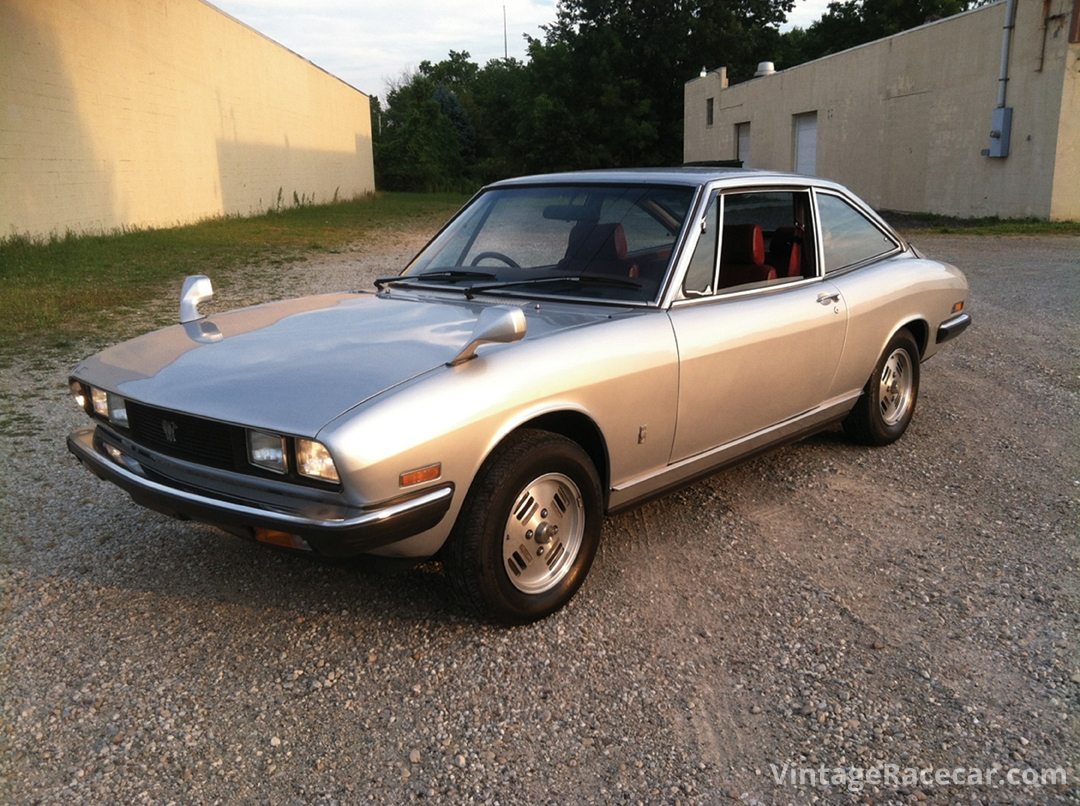
engine; the one seen here is a later SOHC model.
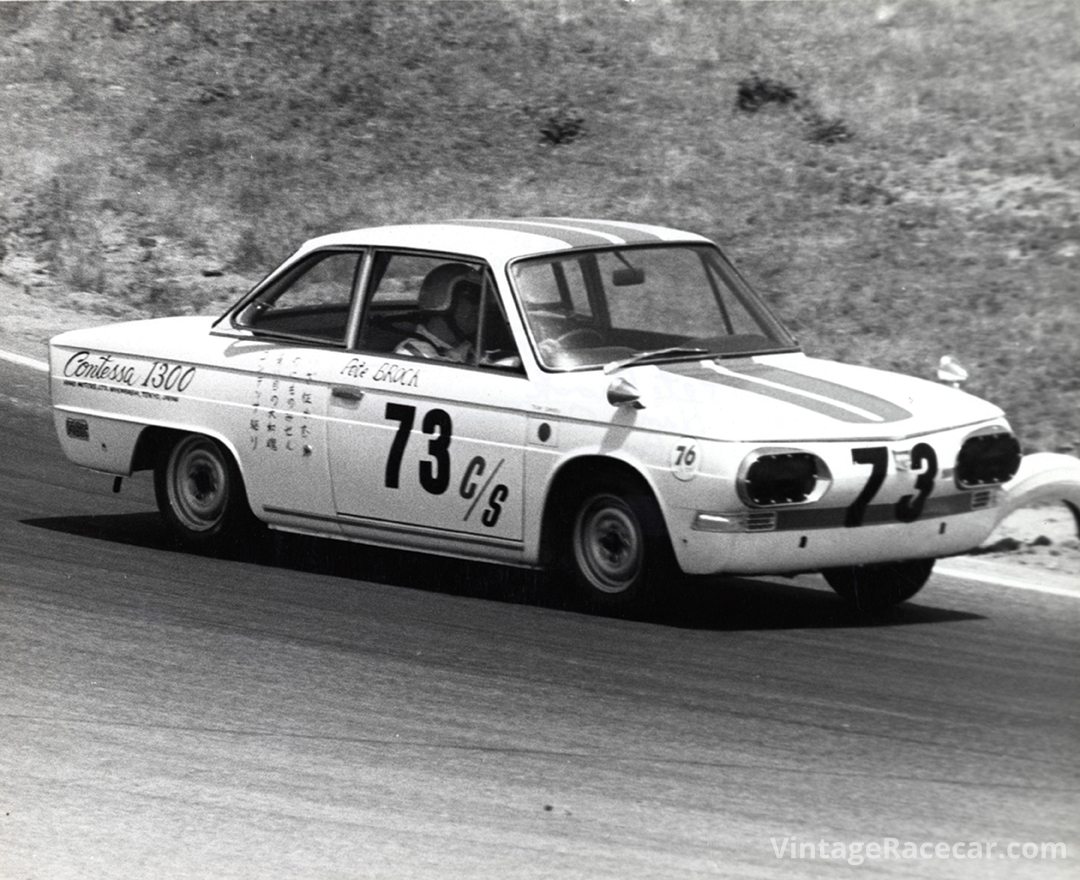
Collect Now or Complain Later
In 2012, $600,000 would buy a very nice Toyota 2000GT, $75,000 would get you a wonderful Skyline 2000GT-R, and a Mazda Cosmo Sport was a $50,000 vehicle. The most recent auction results suggest that the value of these models has now doubled, tripled and quintupled, respectively.
For years Japanese collector cars have resided in the unconventional collectable category and the mention of such cars might label one as an outlier (or worse). It would seem that the end of those days is upon us. As the prices of mainstream European blue chip automobiles escape the financial bandwidth of mortal collectors, those interested in acquiring something special will have to look in new directions. Some collectors, including this author, are now asking why not look East and marvel at cars like the Mazda Cosmo Sport, the Nissan Z-432, the Isuzu Bellett GT-R, the Mazda Luce R130 Coupe and the Mitsubishi Galant GTO MR that tick every box. The GRAN TURISMO generation, who have bought and played more than 70 million copies of the Sony PlayStation auto racing game since its release in 1997, are now approaching their car collecting years. The game features the entire spectrum of JDM racing cars, which can be driven in anger (virtually) at the click of a finger. With so many copies sold, it’s not hard to imagine that the maturing GRAN TURISMO compeers will soon be buying examples of the cars they grew up lusting after. This should have an elevating effect on the entire spectrum of JDM cars.
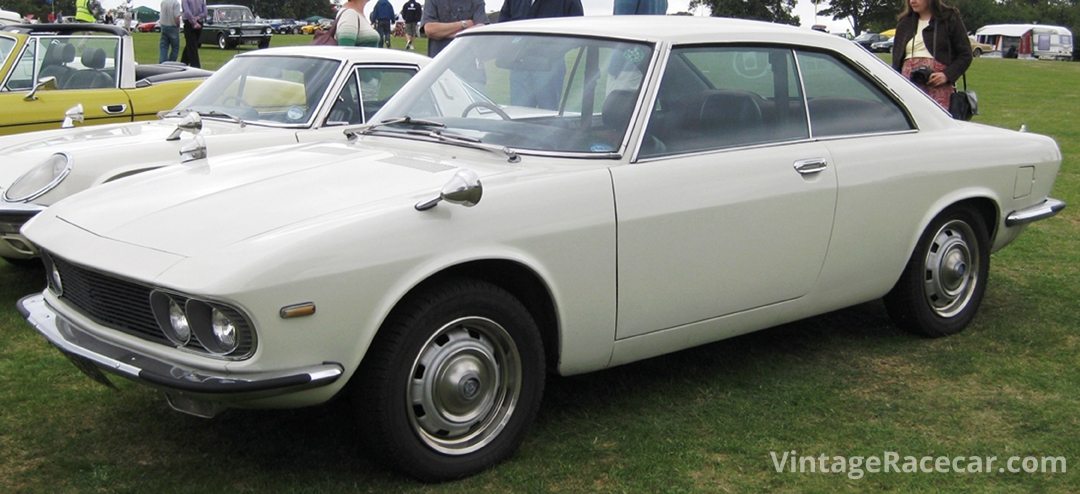
produced, these cars have nowhere to go but up in value.
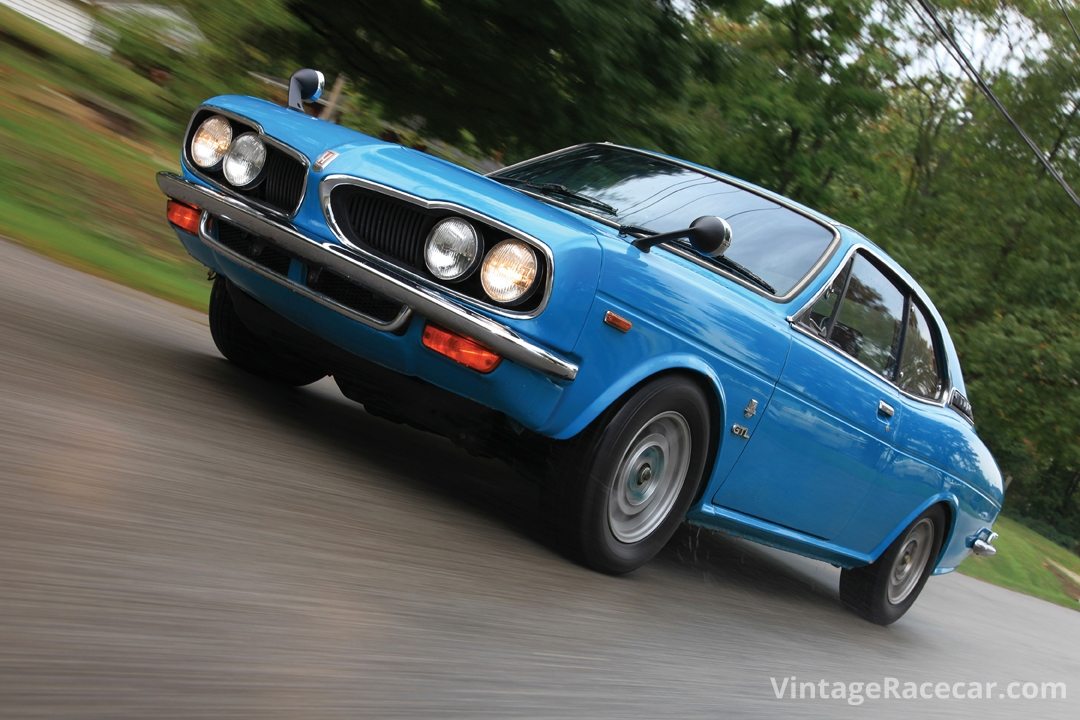
Early limited-production Japanese cars are now being noticed, and even coveted, by the collector car hobby, and the most recent auction results are a clear signal of what lies ahead. JDM cars may not be for everyone, but a growing number of collectors are now taking interest and that’s something new and exciting for our hobby. The car collector world is an electrifying place, particularly when we can suddenly discover new cars to lust after from the past.



